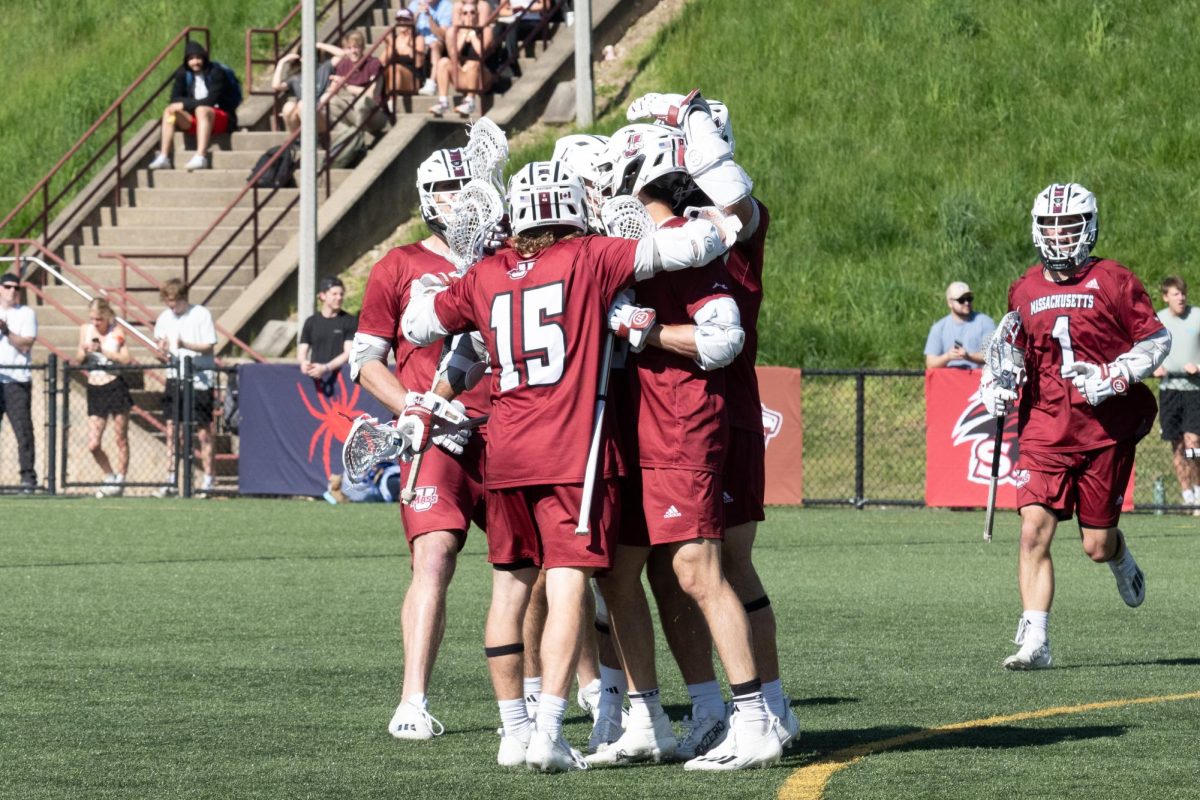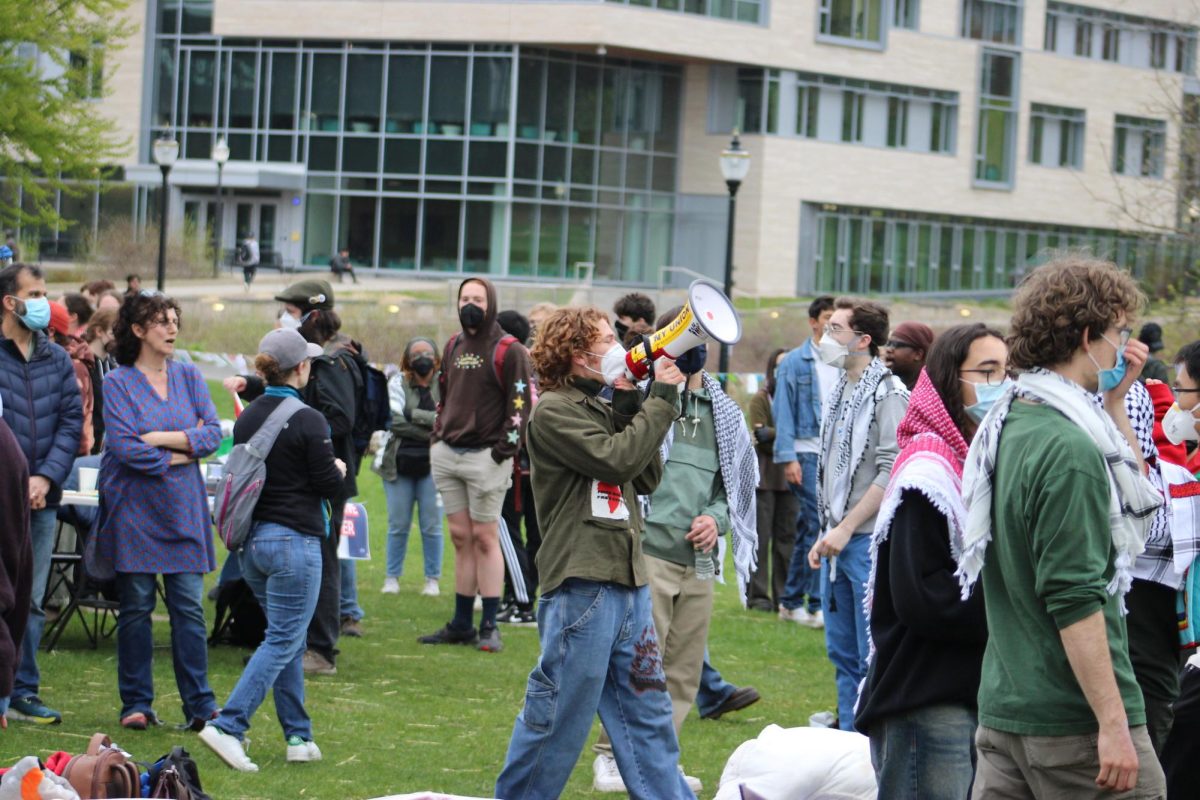 Courtesy 20th Century Fox
Courtesy 20th Century FoxHeading into week 13 of the Writer’s Guild of America strike against the Alliance of Motion Picture and Television Producers, the first question on one’s mind is probably this: When is a new episode of “The Office” coming on?
And rightfully so – viewers have been waiting weeks to see what becomes of the budding romance between Jim and Pam while they battle the dark Sith Lord known as Dwight K. Schrute. Let’s be reasonable, though, something more important is going on, right? Oh, yes, the WGA is a union of real people with real demands that need to be negotiated. So you’ve heard about the strike, but do you really know what the strike is about, what the demands are?
Let’s first take a look back at the 1988 WGA strike. The 1988 strike began on March 7 and ended 22 weeks and six days later on August 8 – the longest writer’s strike in history. The strike cost the American Entertainment industry an estimated $500 million dollars at the time. Even though it was the longest in history, its effects were not as harsh as the current strike due to timing.
They had similar demands, such as a bigger share of new technologies profits like today’s writers. The AMPTP demanded that the WGA accept a sliding fee scale for domestic hour-long syndicated re-runs, while the WGA demanded a bigger slice of the foreign-sales pie. This strike ended in negotiation on both sides when the demands were fulfilled.
The current 2007-2008 WGA strike has come during prime television production season. The new demands include an increase in payment for writers’ recycled or original work distributed on new media at an across-the-board rate of 2.5 percent of revenue as opposed to the current varying rates that are dependent on usage.
Where does this leave the current state of network TV? It’s caught right smack in that dreadful place known as limbo. Shows like the “The Office” and “Grey’s Anatomy” have shut down production in the middle of their current seasons. The last strike had a significant impact on the size of TV audiences. This could create a potential problem for new shows like “Pushing Daisies” and “Cashmere Mafia,” which have ceased production mid-season as they are just beginning to build their audiences.
It is said that the 1988 WGA strike may have been in part responsible for the cancellation of shows like “Moonlighting” and “Kate and Allie.”
The strike also affects support staff jobs in film and TV. Some have already been laid off, and there is potential for more dismissals as the strike continues.
David Letterman’s production company, Worldwide Pants, struck an interim deal on December 28, 2007 and went back into production, saving the jobs of all writers and support staff. Other late night TV shows such as “Late Night with Conan O’Brien” and “The Tonight Show with Jay Leno” produced by their respective networks cannot strike deals with the WGA, and went back into production without their writers.
On January 7, 2008, Comedy Central shows “The Colbert Report” and “The Daily Show with Jon Stewart” went back into production without writers as well. It was initially rumored that Stewart’s production company had struck a deal to pay writers out of pocket, but a spokesperson for Stewart has denied this on several occasions.
As an act of solidarity, both shows have tweaked their titles for the time being. “The Daily Show with Jon Stewart” has become “A Daily Show with Jon Stewart” while the Ts in “The Colbert Report” – which are usually silent – have been pronounced.
Don’t lose hope, however. There could be an end in sight. It was announced Jan. 25, 2008, that the WGA has made an interim agreement with “Lions Gate” and “Marvel Studio.” Many critics are saying they believe the strike could be over within two weeks. Similar upbeat news in early December ended with both the WGA and AMPTP ceasing negotiations all together.
It is believed that whenever the strike ends it could still take anywhere two to six weeks for halted shows to air their first post-strike episodes. The longer the strike goes on, the more unlikely it is that many TV shows will continue production at all this season. If the strike lasts another 60 to 90 days, it will definitely affect next fall’s TV lineup and pilot productions.
Until your favorite show comes back on there are plenty of ways to pass the time. For instance, use the Internet to catch old episodes that you’ve missed. You could read a book – or become a “COPS” fanatic.
Andrea Murray can be reached at [email protected].






